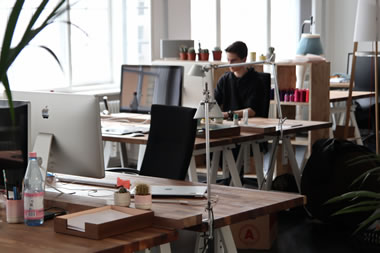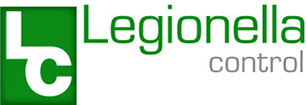Hybrid or Home Working and Water Safety: Where Do Offices Stand?
 COVID-19 has changed the world and the way we all live and work. In some countries, lockdowns are easing, and vaccines are helping those in charge relax the strict rules we’ve all been living under for over a year.
COVID-19 has changed the world and the way we all live and work. In some countries, lockdowns are easing, and vaccines are helping those in charge relax the strict rules we’ve all been living under for over a year.
During these lockdowns, people have switched to homeworking wherever possible. Offices and other working environments have closed, sometimes for many months. Yet as we move closer to the normal life that we knew at the start of 2020 it becomes clear that not everything is going to return to normal.
While some businesses will return to offices and other work sites around the country, others have decided to close sites and switch to permanent homeworking practices. Many more have opted for a position between the two. It is arguably this latter scenario – the hybrid working approach – that could lead to issues with water safety in the workplace.
Changing the way we work – and the way we use water in the workplace
For any UK business, all water systems under their control should be regularly maintained, risk assessed, and treated to make sure they are safe to use. Part of the process of assessing risk is to think about who uses the building and how often it is used.
As we focus on blended working methods, where lots more people are going to spend some time working at home each week, it becomes clear that many water safety and legionella risk assessments will need re-evaluating. Depending on how many people used to work in the building (and how many will now be present), this could lead to significant changes, and potential safety issues.
Legionella bacteria thrives in water at temperatures between 20-45 degrees Celsius
For example, some buildings may have been constructed with several hundred users in mind. The water system needed to be planned and installed with heavy usage in mind. Now, however, we may find a fraction of those individuals will be working in the building each day. This means the total water demand and turn-over will drop – sometimes by huge amounts.
This may not seem like an issue, but there are key areas where close attention must be paid to the risk of legionella and other water-borne bacteria. The water temperature is one concern, although this is easier to control. The danger area that allows legionella to thrive is between 20-45 degrees Celsius, so it is essential that this must be avoided.
The challenges of water stagnation caused by reduced occupancy levels
However, there are other more concerning areas to consider. Any building that is used less often than usual could run the risk of stagnant water building up. There could be water tanks designed to hold many thousands of litres of water for daily use. Fewer people in the building will see some of that water remain in the storage tanks and distribution pipework for longer than it should. When building usage changes in this way, we can see that the water system designed and installed for a large building could become an issue as the opportunities for stagnation increase significantly.
This extends to the use of various outlets in the building as well. For example, there may be two sets of bathrooms per floor in a large office building. In pre-COVID times, people would use both bathrooms multiple times a day. Now, however, there will be far less use. Some outlets are likely to remain unused for several days at a time if steps are not taken to mitigate the risk.
Legionella loves situations that allow it to multiply without interruption. This means a water supply that is not at the correct temperature, or where portions of it are irregularly cleaned or not used. We can see that reduced use in post-COVID times could lead to more disused pipework and infrequently or unused outlets.
Taking steps to keep buildings safe from legionella
No matter how many people use a building each day, and how different that number is compared to how things used to be, a new legionella risk assessment is clearly required. This must consider the change of use of the water services in the building. It should also identify whether certain outlets or even bathrooms or other services such as showers may be infrequently used or not used at all.
In ideal circumstances, some runs of pipework and outlets could be removed altogether, thereby removing all risk associated with those areas. However, the uncertainty surrounding whether more people will eventually return to work full time would not make this solution ideal.
Regular flushing of little or unused water outlets is essential to keeping them safe
Instead, a programme of regular flushing may well prove more practical and sensible. In the example of the two bathrooms mentioned above, one may be temporarily closed yet form part of the legionella flushing regime. The other will then be more regularly used, removing the risk from that area.
Obviously, no two buildings are going to have the same usage, nor will they have the same risk factors. An individualised water safety legionella risk assessment, tailored to each building, is the first step in identifying how to maintain water safety in the new hybrid working world.
Legionella and water safety specialists
Our teams of legionella and water safety specialists support those responsible for water safety and the control of legionella in all types of water system, helping them to protect people and meet their health and safety obligations in this specialist area.
We deliver professional water safety risk assessments for legionella and other waterborne pathogens, water testing, independent compliance auditing, City & Guilds training and other environmental risk management services that help keep employees, guests and others safe.
To speak with one of our legionella specialists’ call us today on 0330 223 36 86 or contact us here …


